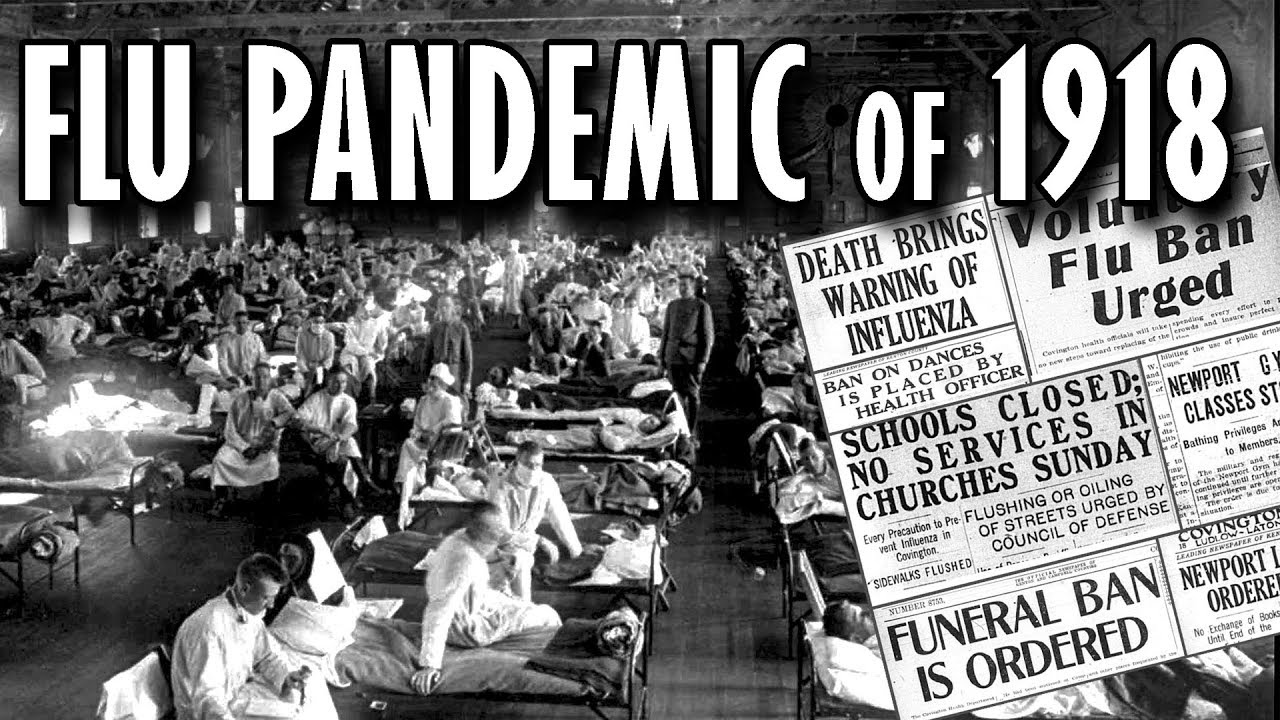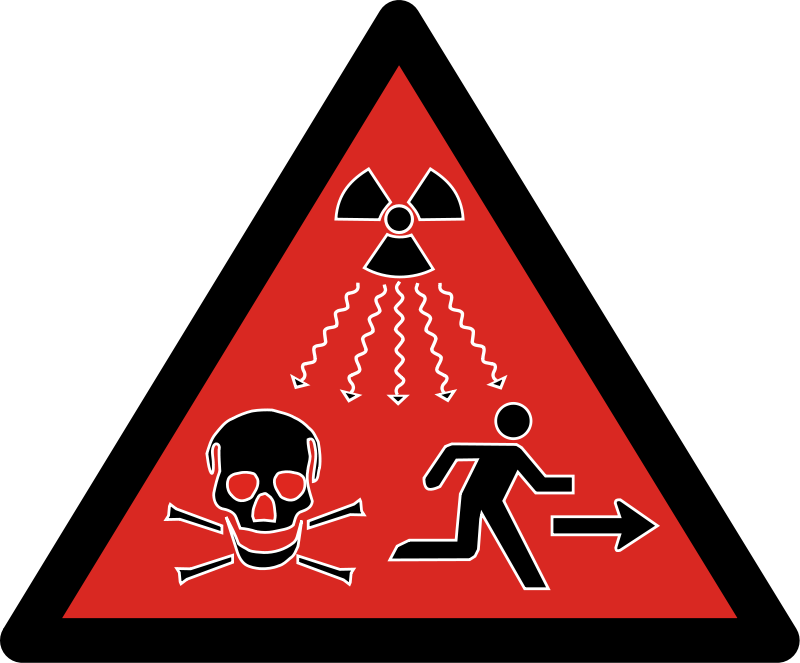On April 16, 2021 Adar Poonawalla, head of the world’s biggest vaccine-maker, the Serum Institute of India (SII), begged President Joe Biden, in a tweet, to ‘lift the embargo of raw material exports out of the us.’… because it would affect the manufacturing of vaccines: AstraZeneca’s, of which SII makes 100m doses a month, and Novavax’s, of which it expects to make 60m-70m doses a month.
That was shortly after the Biden administration announced, on February 5, 2021, plans to use the Defense Production Act (DPA)—a law dating from the 1950s that grants the president broad industrial-mobilization powers—to bolster US vaccine-making. This legislation…has helped American pharmaceutical companies to secure a variety of special materials and equipment, including plastic tubing, raw goods, filters and even paper, that are needed for vaccine production. But firms which export such products point out that the DPA hinders their ability to sell them abroad. They must seek permission before exporting these goods. That requires time and paperwork. And if the government decides it needs the goods in question to remain in the country, the firms concerned may be barred from exporting them at all…
To be used in vaccine manufacturing, products have to be approved by regulators. So finding substitutes quickly can be impossible. SII is not alone in its concern. On March 24, 2021 Micheal Martin, Ireland’s prime minister, warned that export bans (and not just from America) would harm global vaccine production. He noted that the Pfizer vaccine involves 280 components from 86 suppliers in 19 countries. Indeed, American export controls particularly harm European vaccine companies, which need special bags from America in which to make their products. At a vaccine supply-chain meeting in March, one such firm complained of 66-week delivery times for the supply of these bags.
Excerpts from A Vaxxing Problem: Covid 19 and the Defense Production Act, Economist, Apr. 24, 2021





